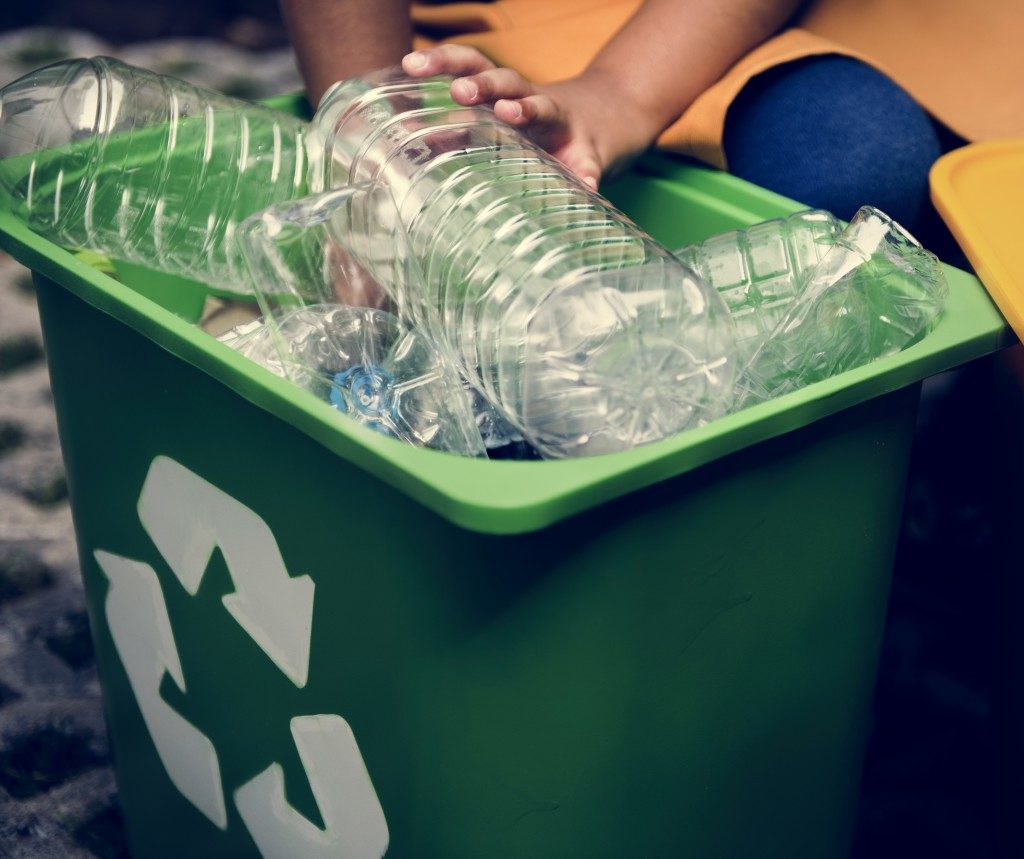If you’re looking to push a green initiative in your workplace, the first place to start would be identifying the types of wastes that your office generates. While it may be tempting to simply pile them all in one bag or bin for collection, there are reasons for doing your due diligence about the kind of waste you generate.
First, it allows your company to identify the sources of these waste, and in doing so, solve potential problem areas that may be using resources or generating waste more than others. This can be extremely useful if you’re looking to comply with the local jurisdiction surrounding waste management in your area.
Second, cross-contamination can often completely ruin the efforts of reusing trash. Waste paper recycling (a common initiative by offices) can often be difficult if the targeted waste is mixed with other waste, as sorting and separation can take more time and resources than necessary. Even material recycling facilities don’t like the idea of cross-contamination, as it makes their work far more difficult than it needs to be.
Finally, properly sorting your office waste can be helpful if your facilities generate waste that can be volatile, hazardous, or simply dangerous to be around. Proper waste disposal can only happen once these wastes have been isolated.
Common waste generated by offices
Biodegradable waste
Biodegradable waste accounts for the majority of office waste, due to the many single-use materials that facilities can go through in a day. Since all of these products decompose, there’s a certain degree of flexibility when it comes to their sorting and disposal methods. Additional recycling methods such as paper recycling can be implemented with a more thorough sorting method.
Recyclable waste

On the other hand, biodegradable waste can also overlap with recyclable waste, if these are materials that can be mulched and then reused in other applications. Due to the propensity of offices to use recyclable material (anything paper-based, certain plastics, fabrics, aluminum, and the like) this type of waste should also be properly sorted and segregated.
Composite waste
Composite waste refers to trash that can be a combination of non-biodegradable and biodegradable components. Some of the most common waste generated by offices fall under this category. These wastes can be sorted but must be disposed of properly to avoid clogging up the local landfill. Getting a waste management company to take care of it is also a good idea.
Electrical and electronic waste
With our reliance on electrical components and technology, electronic waste or e-waste has steadily risen as one of the most common by-products of office activity. These can often be tricky to dispose of due to the parts and chemicals that comprise these pieces of equipment, and ideally should be recycled or sent to specialist sites to be properly processed and disposed of.
Proper categorization of waste management is key to making sure disposal happens without any issues. If in doubt, you can always consult a waste management company for your needs, as they have the necessary experience and connections needed to manage your office waste properly.